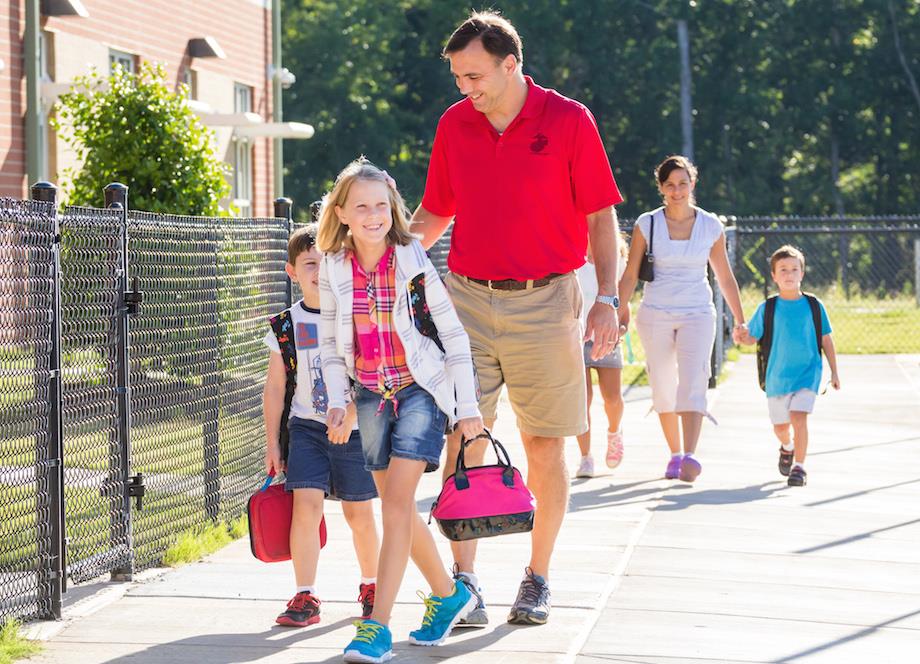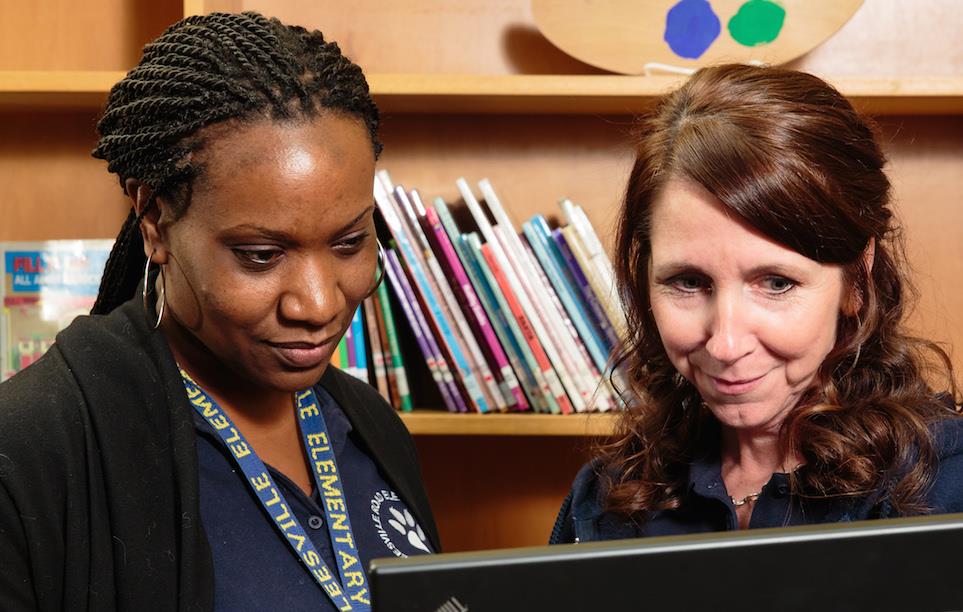-
Multi-tiered System of Supports (MTSS)
-
 Multi-Tiered System of Supports, or MTSS, will help our teachers work together more efficiently, use data more effectively and approach their work more strategically. The overarching goal is to improve the quality of instruction that every single child receives.Here's what you need to know:
Multi-Tiered System of Supports, or MTSS, will help our teachers work together more efficiently, use data more effectively and approach their work more strategically. The overarching goal is to improve the quality of instruction that every single child receives.Here's what you need to know:What is MTSS?
Multi-Tiered System of Supports, or MTSS, allows teachers to quickly identify student needs and the best methods to address them. These can be needs of individual students or groups of students, related to academics, behavior or both. The idea is to get each and every student – those with profound needs, those who are exceptionally gifted and all those in between – what he or she requires to be successful.
Administrators, teachers and specialists have undergone intensive training. MTSS coaches assist them in making sure they are using best practices to make sure all students are getting what they need to succeed.Why MTSS?
It will make all students more successful in school and on track for graduation, while preparing them to be college or career ready. MTSS has been implemented and proven effective in districts across the country. An independent study released in January, for example, found that “Kansas MTSS is substantially contributing to improved student outcomes at the local level, as well as benefitting teachers, improving instruction, and supporting better school functioning.”
How does MTSS work?
MTSS has three levels, or tiers, of instruction and support, all aimed at giving teachers a streamlined way to provide the best instruction to all students.- Tier I includes the instruction and support provided to all children.
- Tier II serves students needing more help. Extra instruction and support often are provided to these children in small groups.
- Tier III is for children who need intense support in order to succeed. Extra instruction and support are provided, often in even smaller groups or one-on-one.
MTSS provides guidelines to more quickly identify both challenges and solutions. Timely data – including test scores, suspension rates, attendance and more – are used to help problem solve and identify the levels of supports needed for students.Here’s an example:
Say the reading proficiency of a group of third graders has declined compared to prior years. Teams of teachers would discuss instruction, curriculum and the learning environment.
They may find that some teachers are not using the most effective teaching practices (instruction), that reading materials aren’t assigned to students based on their current skill level (curriculum) and that absenteeism is high during first period (learning environment).That same team brainstorms and implements solutions, such as sharing better classroom strategies among teachers, demonstrating how to better differentiate reading assignments, and working with parents and transportation officials to reduce morning. Going forward, the team looks at data to find out if their solutions worked and makes changes as needed.How is MTSS different than current practice?

Of course, this kind of evaluation and intervention already is taking place. School Improvement Teams are groups of teachers and school leaders who look at schoolwide trends and work to implement solutions. Professional Learning Teams are smaller groups, usually organized by grade-level or subject area, who work on the needs of individual students or groups of students, sometimes with the help of social workers, counselors, ESL teachers, etc.
MTSS connects all efforts of the school to ensure each student is successful. Teachers and administrators speak a common language and use a data–driven problem–solving process to address areas of need.What does MTSS mean for me and my child?
One of the keys to the success of MTSS is developing strategies that are effective for a particular student. Parents are an essential part of that equation. You know your child’s interests and strengths and also know interventions tried in the past, those that worked and those that didn’t. MTSS encourages teachers and parents to effectively communicate, collaborate, and problem solve using data to best meet the needs of your child.
Please note: If at any time, a parent, caregiver or school staff member suspects that your child may have a disability, a referral to special education will be made. The IEP Team, which includes the parent, will determine if an evaluation will be conducted. This process is generally referred to as Child Find. For more information, please review the Special Education Process.
Identifying Students With Disabilities
Please note: If at any time, a parent, caregiver, or school staff member suspects that your child may have a disability, a referral to special education will be made. The IEP Team, which includes the parent, will determine if an evaluation will be conducted. Learn more.
Tips for Parents
Praise your child for any improvement in the area of concern.


